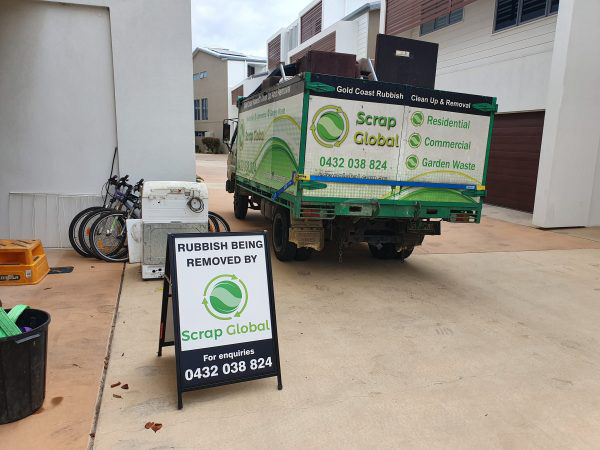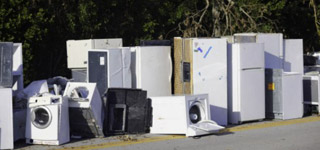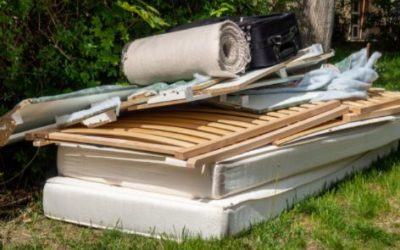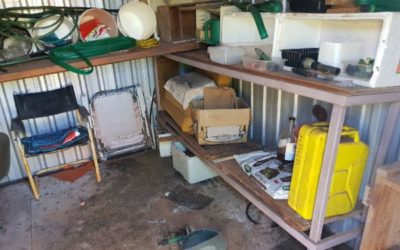The impact of hoarding disorder on family and friends is significant. Those with this condition form an excessive attachment to their possessions, including items that may seem useless or unsanitary. They find comfort in accumulating items, but experience great distress when attempting to discard them. This behavior results in an environment that is cluttered, unhygienic, and unsafe, causing strain on relationships with loved ones who may attempt to help.
It is important to remember that hoarding disorder is a complex mental health issue that requires more than just cleaning out the clutter. Discarding possessions without the hoarder’s consent can be detrimental and cause further harm to the relationship. This should only be attempted once the emotional and practical aspects of hoarding disorder have been addressed, and the hoarder has the support they need.
But once you reach this stage, how can you help a hoarder with their rubbish removal?
To prepare for this clear out, it’s recommended to designate a staging area outside of the home. An ideal location would be a covered area such as a garage, or a canopy or pop-up tent to protect items from rain. Once this area is established, all items found in the house should be placed there for sorting.
Prior to beginning the cleanup process, it’s important to gear up with proper safety equipment. Regular gloves won’t suffice, so use thick and sturdy safety gloves, safety glasses, and a face mask to protect yourself from potential injuries or infections from nasty items that may be present in hoarding piles, such as broken glass or rusty metal.
As for where to begin, start with creating clear pathways for easy access to other areas of the house. This can be achieved by starting to remove items closest to the entry points, allowing for wider routes for you or the rubbish removal team. Once a clear path has been established, the bathroom should be the next area to clean up. This is not only practical for personal care needs but also an easier task compared to tackling the living room in one go. After the bathroom is sanitised, you can start to clean up one room at a time.
In bigger rooms, start with heavy items such as chairs, full boxes, pots, and pans. This is important as heavy items can cause the entire pile to collapse if removed last. It’s also important to remove items that are obviously rubbish and rotten, such as water-damaged items, mold and mildew, and stained items. Additionally, items such as broken glass, sharp metals, and termite-eaten objects should be removed as soon as possible.
Once all the times have been moved to the staging area, the sorting process should begin with separating usable and functional items from broken ones. The functional pile can then be further sorted into items that can be donated, sold, or kept. It’s important to prioritise donating or selling as much as possible, rather than keeping items. This will also help to drastically reduce the amount of rubbish to be removed. After completing this process, it’s time to sanitise all of the salvageable items before bringing them back inside.
If you’re feeling overwhelmed by the task of helping a hoarder, consider seeking professional assistance. At Scrap Global, we offer rubbish removal services to make the process easier for you. We’re discreet, respectful, and always ready to assist you with your rubbish removal needs. Contact us today to book rubbish removal for your project.













